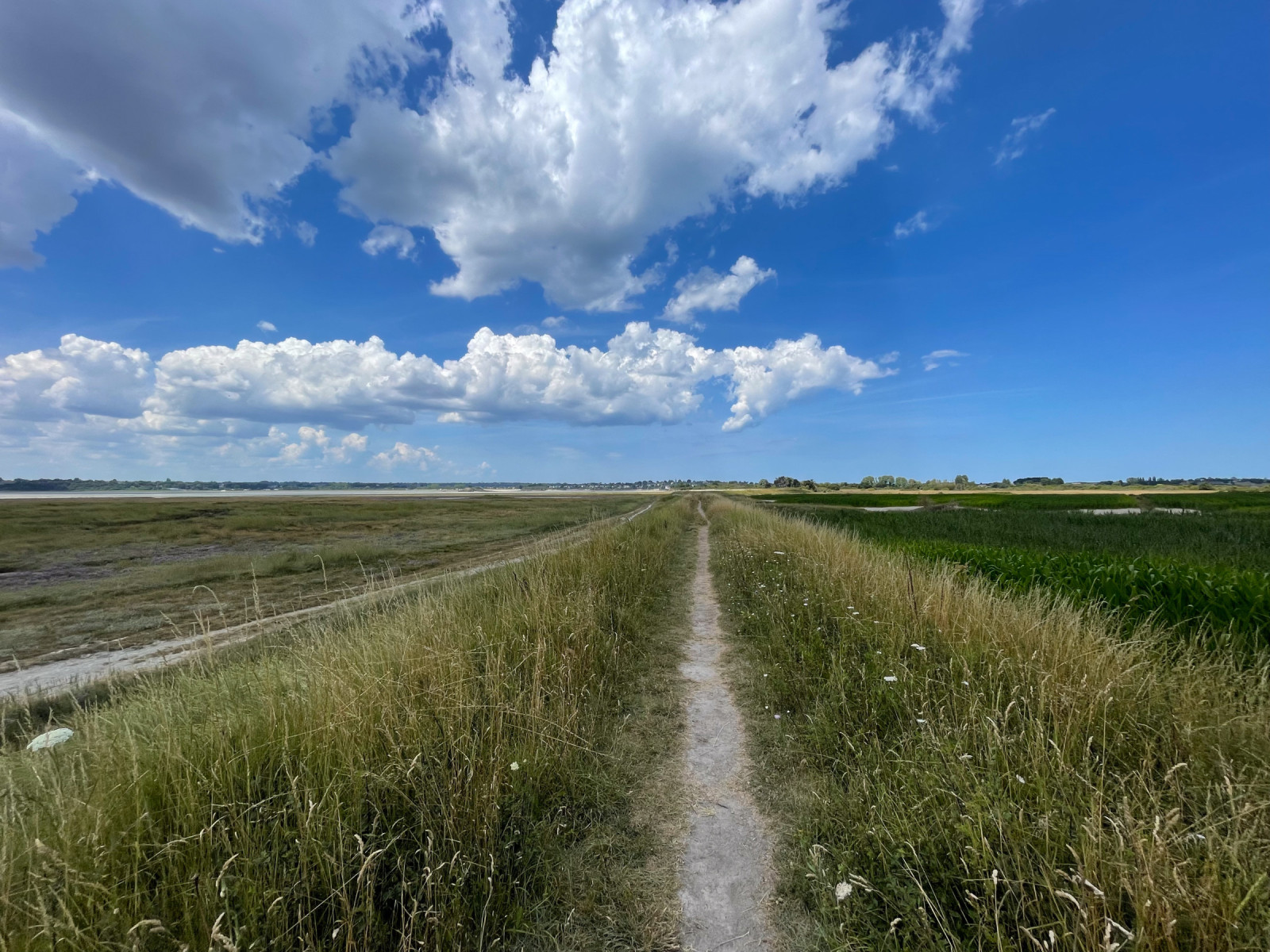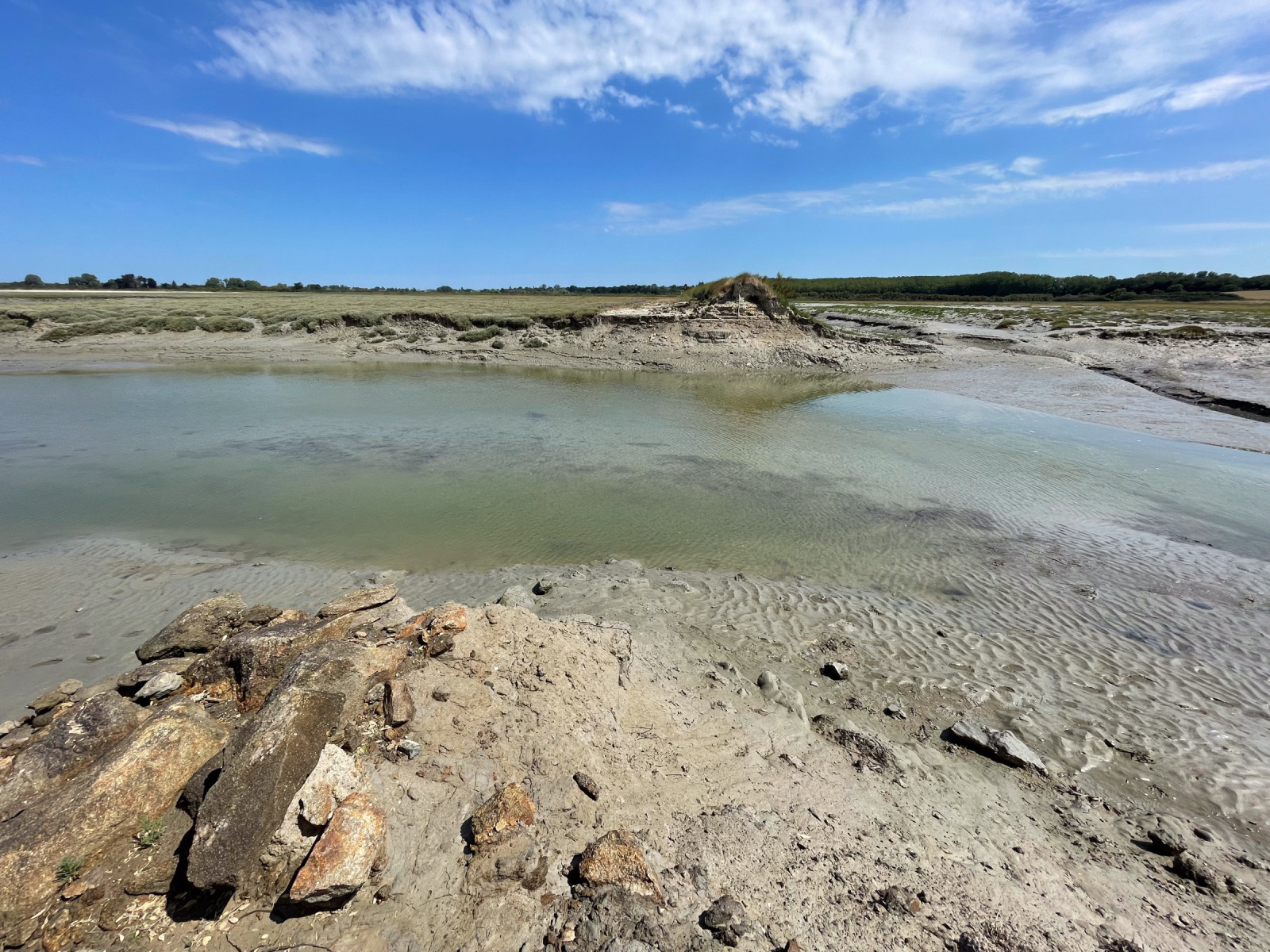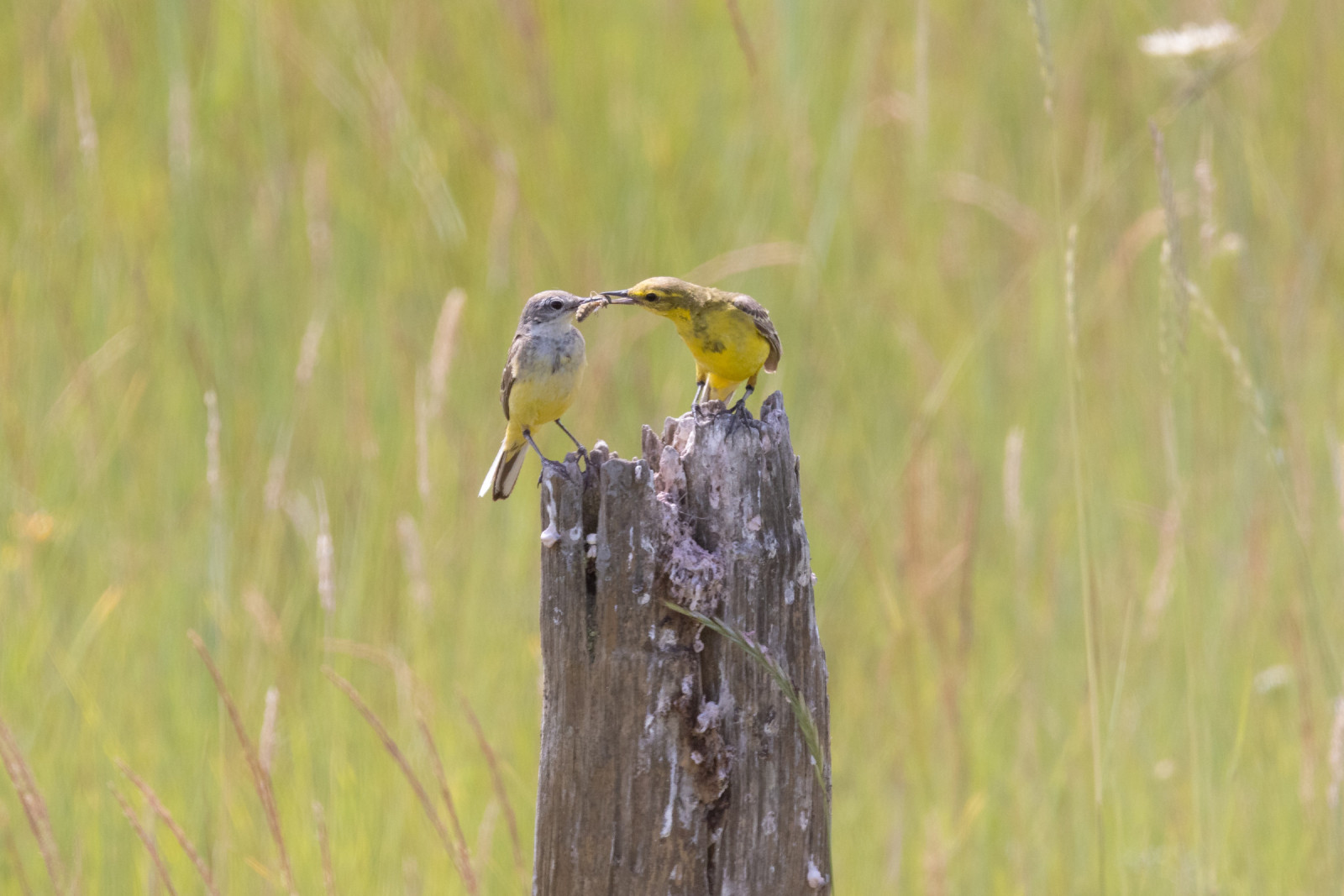Description
West of Saint-Malo, at the bottom of Lancieux Bay, there is a uniformly flat landscape, a strange interface between the sea and the hillsides of Ploubalay. This space is crossed by mysterious horizontal lines that intersect and intersect, drawing on the ground a perfectly geometric mesh, changing with the tides. According to the seasons, the tiles of this gigantic chessboard are adorned with multiple colors offering the spectator a most striking contrast.
Reclaimed from the sea by the construction of impressive dikes, these essentially agricultural lands form the polders. Since the creation of the dikes, the polders area is no longer subject to the natural silting up of the bay. Today it is therefore below the mudflat and, during major tides or storms, it is not uncommon for waves to reach the top of the dike.
On the mud flats, you can observe many shorebirds such as sandpipers, plovers and other waders. Around the bay, in the thickets, nest many species of warblers can be found. The emblematic species which frequents the polder in winter is the Казарка чорна and raptors like Підсоколик великий, Лунь очеретяний and Лунь польовий.
_________________________
Français: A l’ouest de Saint-Malo, au fond de la baie de Lancieux, existe un paysage uniformément plat, étrange interface entre la mer et les côteaux de Ploubalay. Cet espace est parcouru de mystérieuses lignes horizontales qui se croisent et s’entrecroisent, dessinant au sol un maillage parfaitement géométrique, changeant au gré des marées. Selon les saisons, les carreaux de ce gigantesque échiquier se parent de multiples couleurs offrant au spectateur un contraste des plus saisissant.
Gagnées sur la mer grâce à l’édification d’impressionnantes digues, ces terres essentiellement agricoles forment les polders. Depuis la création des digues, la zone de polders n’est plus soumise à l’ensablement naturel de la baie. Elle se trouve donc aujourd’hui en contrebas de la vasière et, lors des grandes marées ou des tempêtes, il n’est pas rare que les vagues atteignent le haut de la digue.
Sur les vasières, on peut ainsi observer de nombreux limicoles tels que les bécasseaux, les gravelots, les chevaliers et les barges. Aux alentours de la baie, dans les fourrés, nichent, de nombreuses espèces de fauvettes (des jardins, à tête noire, babillarde…) ainsi que le traquet pâtre. L’espèce emblématique qui fréquente le polder en hiver reste la Казарка чорна.
Details
Access
Polder de Ploubalay is located on the Bay of Beaussais. Follow Saint Jacut de la Mer through the town of Ploubalay. Like many others in Brittany, it is a stopping place for many birds which descend from the North of Europe and which winter in the South (Spain, Africa).
You can walk a circular trail around the polder (see the map) of 3,2 km. NOTE: at the moment a circular walk is no longer possible due to breach in sea wall.
_________________________
Français: Spot situé sur la baie de Beaussais, suivre Saint Jacut de la Mer en traversant la ville de Ploubalay. Comme beaucoup d’autres en Bretagne, est c'est un lieu de halte migratoire pour de nombreux oiseaux qui descendent du Nord de l’Europe et qui hivernent au sud (Espagne, Afrique).
REMARQUE : pour le moment, une promenade circulaire n'est plus possible en raison d'une brèche dans la digue.




